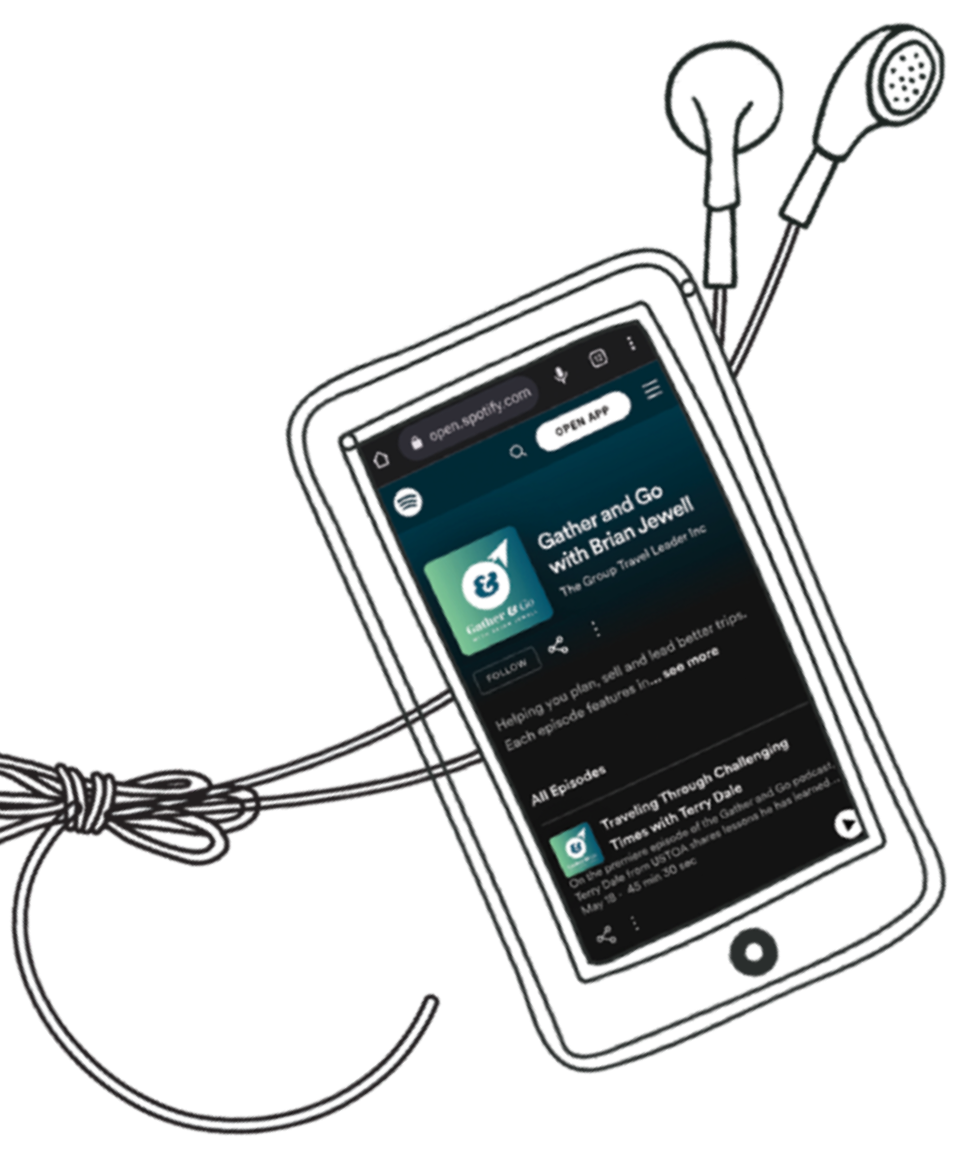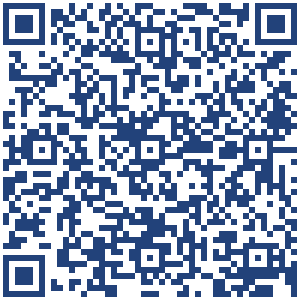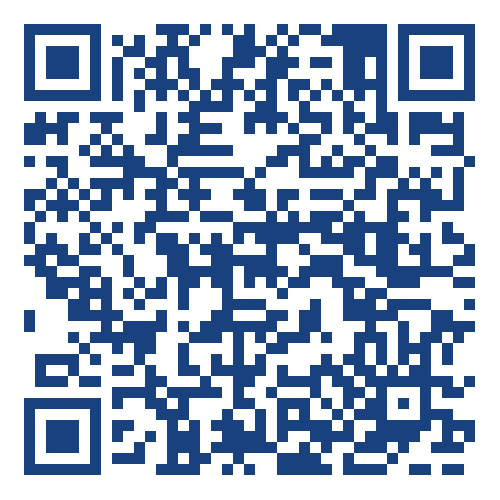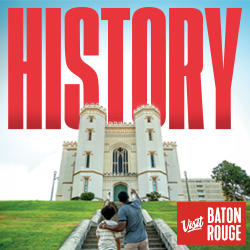Diana Hechler has experienced some amazing things in her travels, and she knows how to help you do the same.
Hechler, founder of D Tours Travel, joins the Gather and Go podcast to talk about her book “Strolling With Your Elephant: Perfect Moments in Travel.” She shares some of her most memorable moments from her travels around the world and tells us how every travel planner can go about unearthing extraordinary experiences for their groups.
Plus, we have news about hotel resort fees; a Road Tip about how to eliminate annoying flashing lights in your hotel room; and a Hot Minute about the role of junk fees in tourism.
Podcast: Embed
Resources Mentioned in This Episode
To learn more about Diana Hechler and D Tours Travel, visit dtourstravel.com.
Follow Diana on Facebook or Instagram.
Get our U.S. Buyer’s Guide for the Group Travel Industry at grouptravelleader.com/buyers.
Key Moments From This Episode
0:56 — Travel News: Legislation to ban junk fees
2:03 — Road Tip: No more light pollution
5:17 — Solutions for your biggest travel challenges
7:48 — How Diana Hechler discovered her travel calling
10:47 — Stumbling onto extraordinary experiences
15:15 — Asking your travel providers the right questions
20:58 — Memorable travel experiences
25:28 — Rediscovering American destinations
27:39 — Managing travel groups at crowded sporting events
30:12 — Great experience options for groups
40:21 — Hot Minute: Do junk fees have a place in tourism?
About the Podcast
Gather and Go with Brian Jewell is a podcast that helps group travel leaders plan, promote and lead better trips. Tour operators and travel agents listen to each episode, as do affinity group travel planners, destination marketers, museum leaders, church travel leaders and other tourism professionals and enthusiasts around the world. Each show includes a featured conversation with a smart and influential travel leader. You’ll also hear travel news, road tips and more. New episodes are released about twice monthly.
You can find Gather and Go wherever your listen to podcasts or subscribe by email.
Have questions, comments or ideas for the show? Send them to us at podcast@grouptravelleader.com.
Thanks for listening!

















